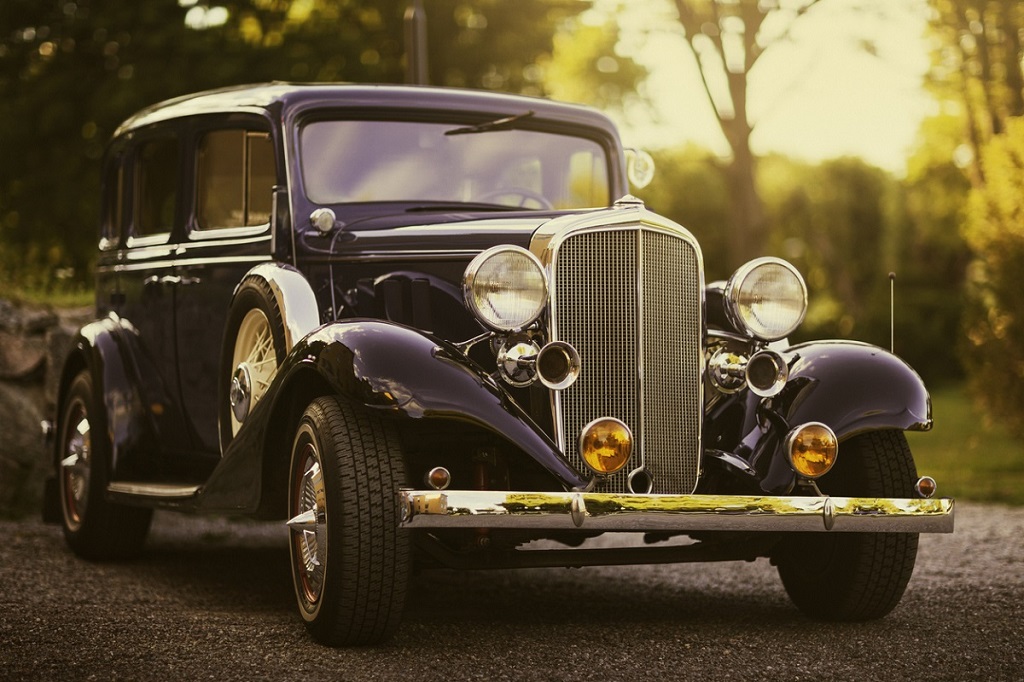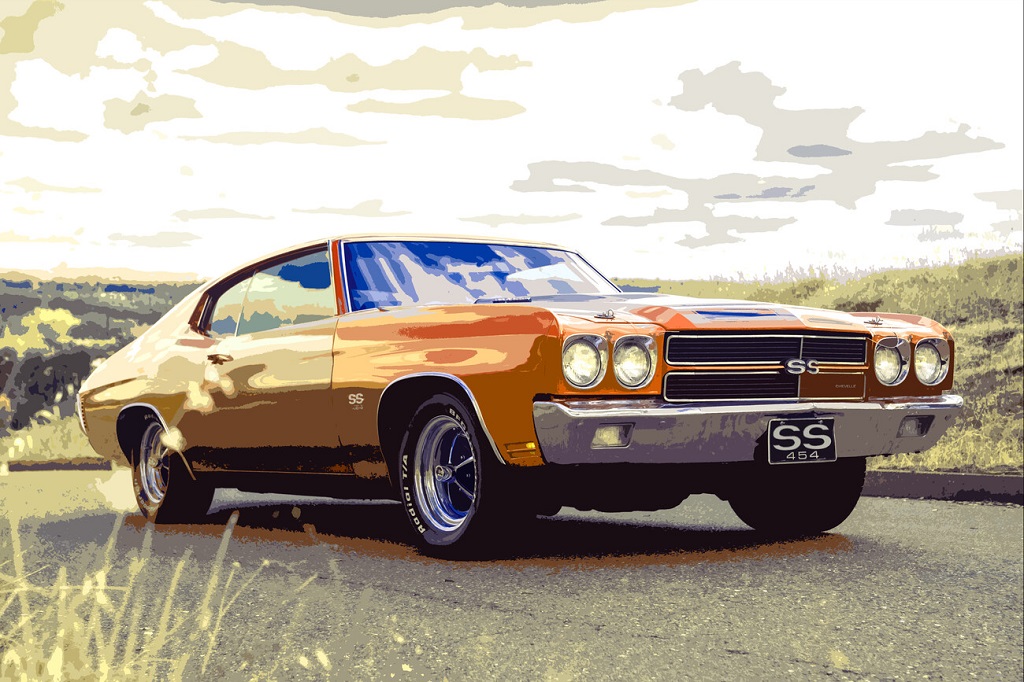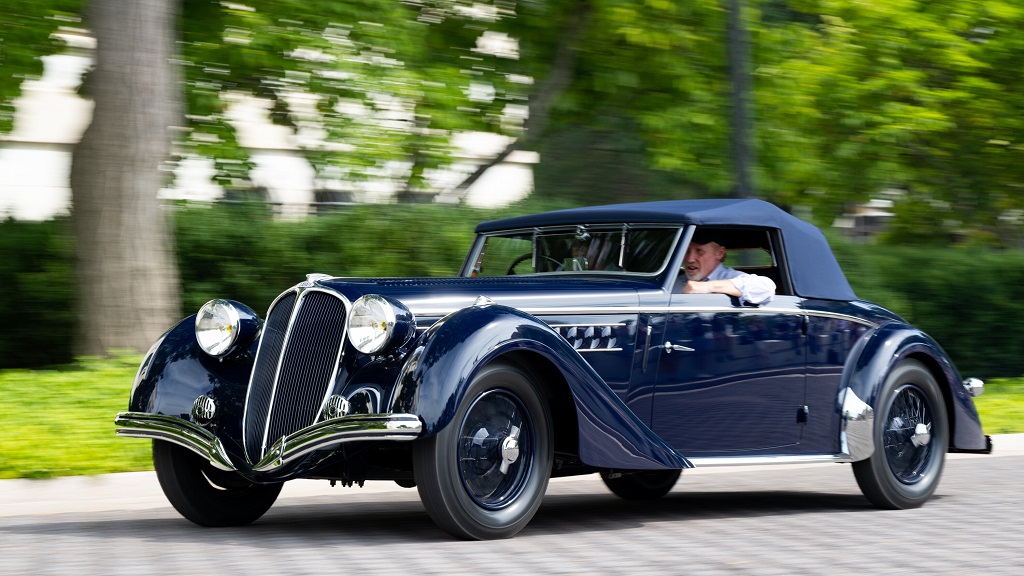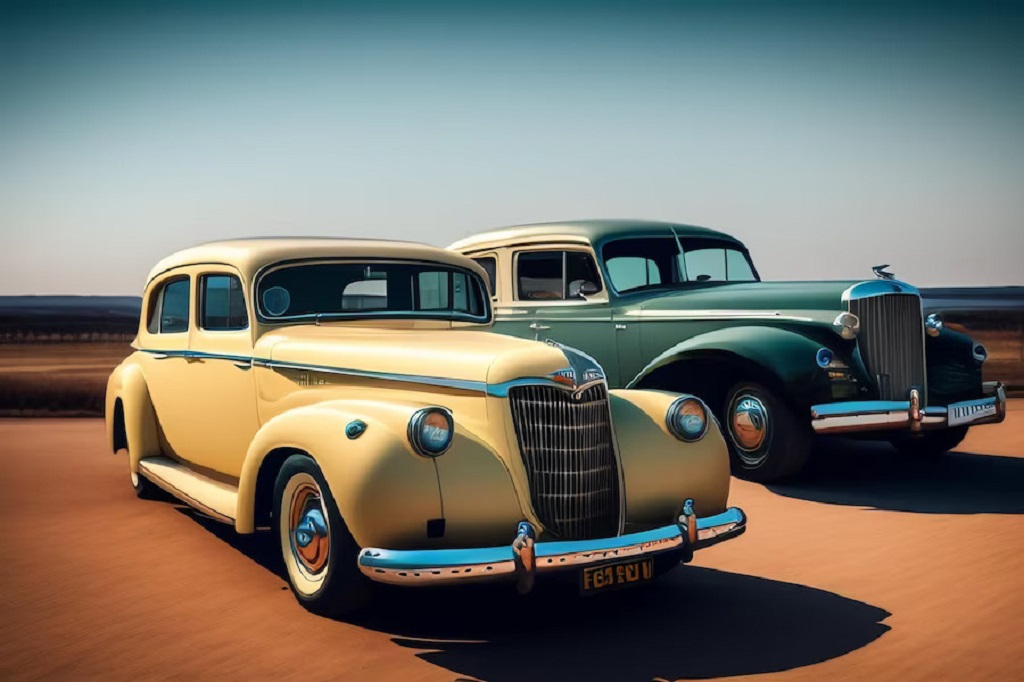Vintage, retro, and classic are terms often thrown around in the world of fashion, design, and collectibles. While they may seem interchangeable at first glance, each has its distinct meaning and significance. In this article, we will delve into the fascinating realm of vintage, retro, and classic, exploring their unique characteristics, how they differ from one another, and why they hold a special place in our hearts.
Defining Vintage
Vintage: A Blast from the Past
Vintage is a term used to describe items that are at least 20 years old, dating back to a specific era or time period. These items evoke nostalgia and transport us back to days gone by. Think of vintage clothing, furniture, cars, or even vinyl records. Vintage items are cherished for their historical value and the stories they carry.
What Makes an Item Vintage?
To be considered vintage, an item must meet the following criteria:
1. Age
The primary criterion for vintage status is age. Typically, an item needs to be two decades old or older to be classified as vintage.
2. Quality
Vintage items are often associated with high-quality craftsmanship and materials. They were built to stand the test of time.
3. Aesthetic Appeal
Vintage items possess a unique aesthetic that captures the essence of the era they originate from. They reflect the design trends and styles of that time.
4. Rarity
While not all vintage items are rare, many are. Rarity can significantly enhance the value and desirability of a vintage piece.
Exploring Retro
Retro: A Modern Take on the Past
Retro, short for “retrospective,” refers to items that are designed to mimic or pay homage to styles, trends, and designs of the past. Retro items are not necessarily old themselves, but they evoke a sense of nostalgia by drawing inspiration from earlier eras.
Characteristics of Retro Items
1. Imitation
Retro items intentionally mimic the design elements of a specific period. They aim to capture the essence of the past while offering modern functionality.
2. Mass Production
Unlike vintage items, retro items are often mass-produced, making them more accessible to a wider audience.
3. Nostalgia
The primary appeal of retro items lies in the feelings of nostalgia they evoke. They transport us back in time without the need for a time machine.
The Timelessness of Classic
Classic: Forever in Style
Classic items are those that never go out of style. They are timeless, enduring, and appreciated across generations. Classics are not tied to a specific era; instead, they transcend time and fashion trends.
Features of Classic Items
1. Timeless Design
Classic items feature designs that are simple, elegant, and versatile. They remain relevant and attractive regardless of changing fashion trends.
2. Durability
Classic items are built to last. They are made from high-quality materials and boast excellent craftsmanship.
3. Universal Appeal
What sets classics apart is their universal appeal. They resonate with people from different backgrounds and generations.
Vintage vs. Retro vs. Classic: A Quick Comparison
- Vintage items are old and carry historical significance.
- Retro items imitate the past and evoke nostalgia.
- Classic items are timeless and always in style.
In conclusion, how to find the difference between vintage and classic and retro cars? while vintage, retro, and classic all have connections to the past, they each offer a distinct experience. Vintage items transport us directly to a bygone era, retro items bring a touch of nostalgia into our modern lives, and classic items are the evergreen staples that never lose their charm. Whether you prefer the history of vintage, the nostalgia of retro, or the timeless elegance of classic, these terms add depth and character to the things we cherish.
Frequently Asked Questions
Can an item be both vintage and retro at the same time?
Yes, an item can be considered vintage if it’s from a specific era and retro if it imitates the design of that era.
Are classic items always expensive?
Not necessarily. Classic items can range from affordable to high-end, depending on the brand and materials used.
Do people collect retro items like they do with vintage items?
Yes, retro items are often collected by enthusiasts who appreciate their nostalgic value.
Can something become a classic in a short time?
It’s rare, but yes, certain items can achieve classic status relatively quickly if they have a significant cultural impact.
How can I determine if an item is vintage or just old?
To determine if an item is vintage, consider its age, quality, design, and historical significance.









